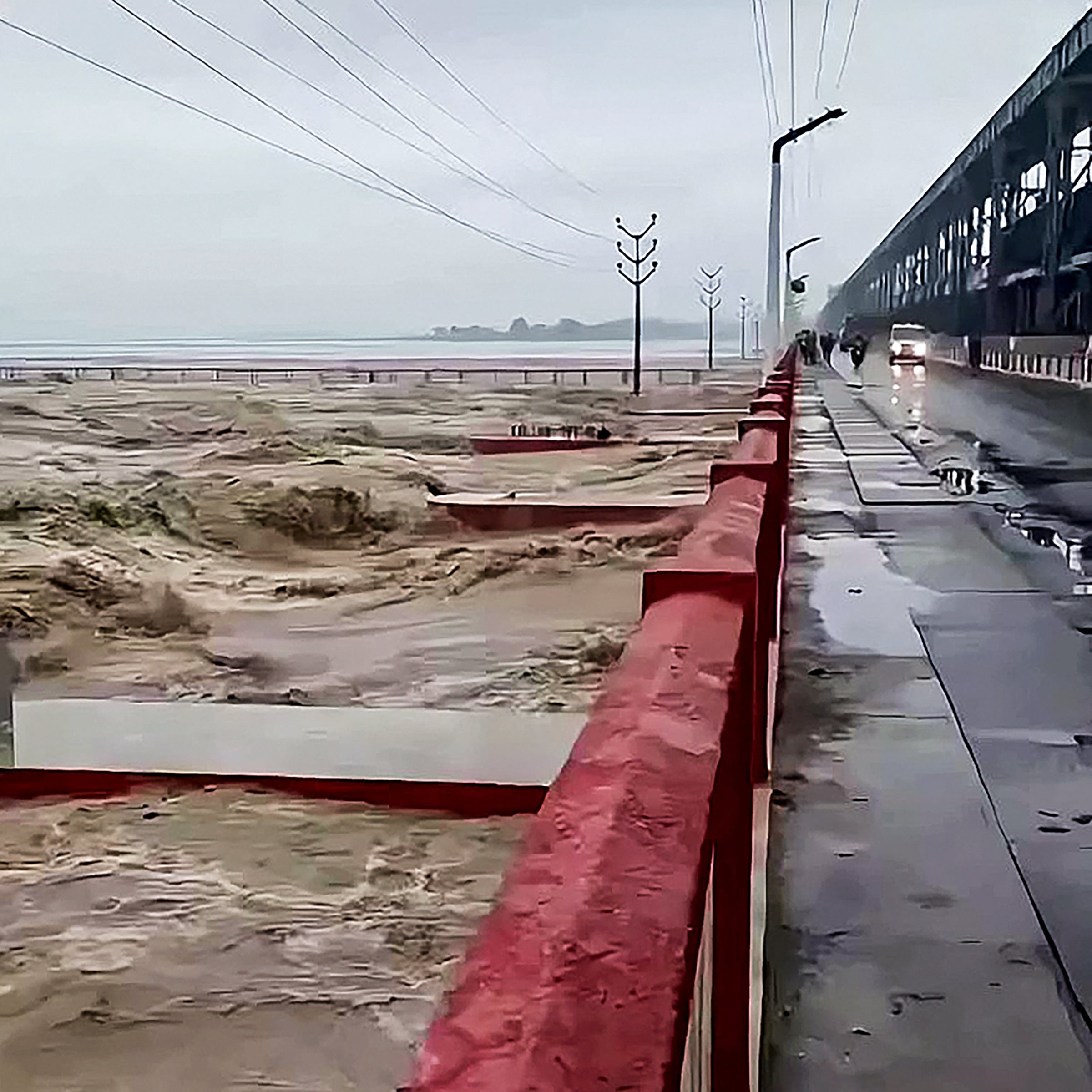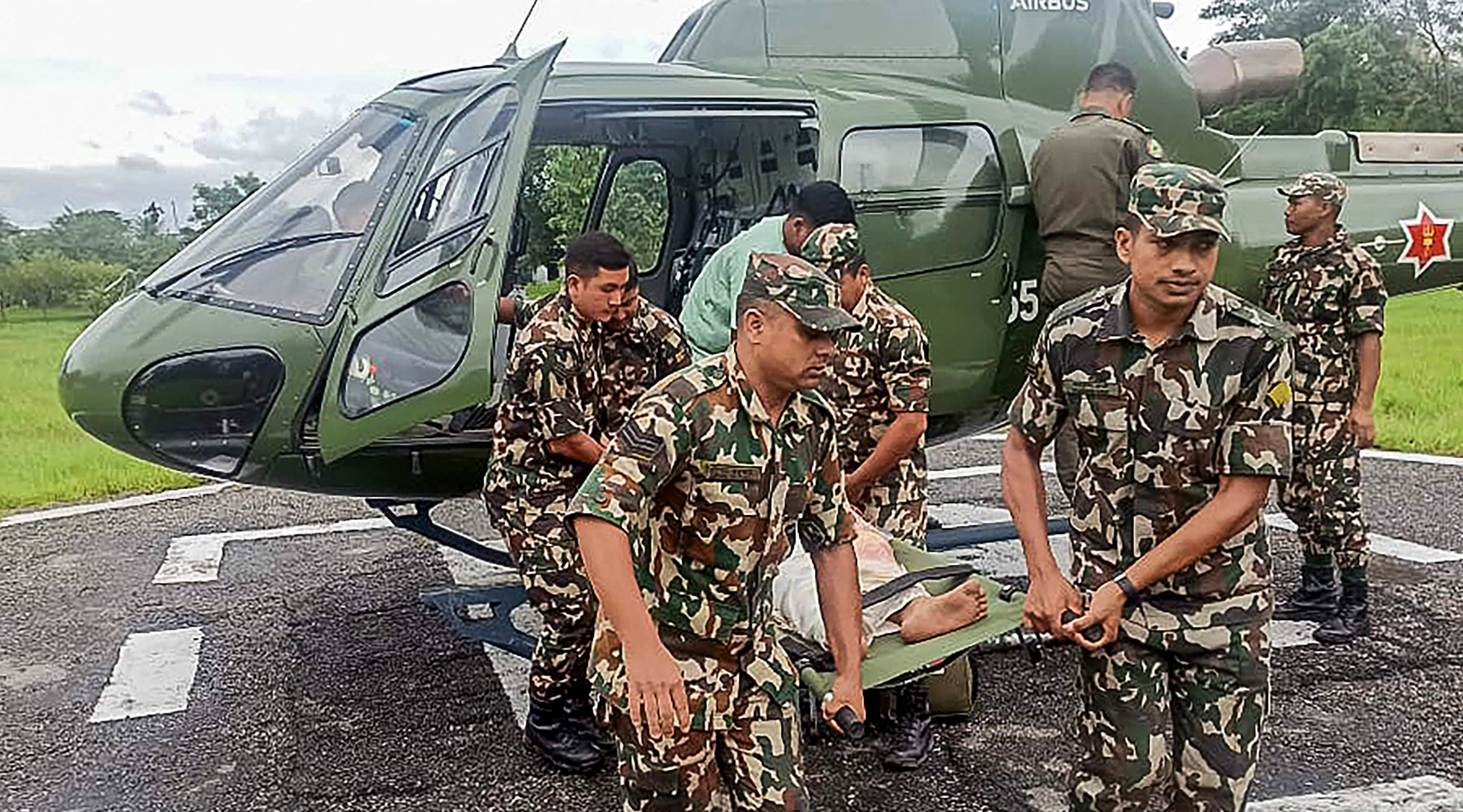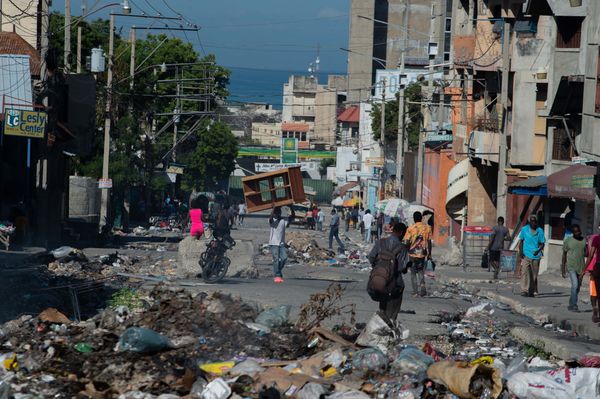More than 60 people have been killed across India and Nepal after days of relentless monsoon rains triggered landslides, flash floods and infrastructure collapses, authorities said on Sunday.
In Nepal, officials reported that 47 people had died since Friday, with most casualties in Ilam district, which borders India’s West Bengal state.
Thirty-five people were killed in separate landslides in Ilam district in the east bordering India, said Kalidas Dhauboji, a spokesperson for the Armed Police Force. Nine people were missing after being swept away by floods, while three others were killed by lightning in other parts of the country, he added.
“Rescue efforts for the missing persons are going on,” said Shanti Mahat, a spokesperson for Nepal’s National Disaster Risk Reduction and Management Authority.
The deluge has blocked major roads and destroyed several bridges, cutting off the capital, Kathmandu, from other parts of the country. The airport’s domestic flights were largely suspended, though international operations remained unaffected, said Rinji Sherpa, spokesperson for Kathmandu airport.

Authorities said the Koshi River in southeastern Nepal – which often causes deadly flooding in India’s Bihar state – was flowing above danger levels.
All 56 sluice gates of the Koshi Barrage, a dam-like structure regulating water flows, had been opened to release excess water, said Dharmendra Kumar Mishra, district governor of Sunsari. Vehicular movement across the barrage was banned as a precaution.
Across the border in India at least 17 people were confirmed dead in landslides in the eastern Himalayan region of Darjeeling in West Bengal, where days of heavy rain caused a bridge collapse and widespread destruction.
The Dhudia iron bridge over the Balason River, linking Siliguri and Mirik, was washed away by the swelling waters.
“The loss of lives is tragic. As per our reports, 11 people have died in Mirik and six in Darjeeling. But the figure is not yet confirmed,” said Udayan Guha, North Bengal Development Minister, describing the situation as “alarming.”

Rescue operations have been slowed by continuous rainfall and treacherous terrain. “The terrain is slippery, and several houses have been damaged. Earthmovers are finding it extremely difficult to operate on these slopes,” a senior police officer told Press Trust of India.
Local officials said families from several hillside villages, including Bishnulal Gaon and Jasbir Gaon, have been relocated to temporary shelters set up with the help of NGOs and the district administration.
Prime minister Narendra Modi expressed condolences to the victims’ families, saying authorities were “committed to providing all possible assistance to those affected.”
In Mirik, where a landslide struck a house in the early hours of Sunday, four people were killed while sleeping.
“They had gone to Dara Gaon from Salbari near Siliguri to celebrate Dasai (Dussehra), the biggest festival of the Gorkhas,” said Aditya Pradhan, a local leader, told the Hindustan Times.
The India Meteorological Department has issued a red alert for extreme rainfall in the sub-Himalayan districts of West Bengal, including Darjeeling and Kalimpong, warning of further landslides and flooding until at least 6 October.
Bollywood superstar Shah Rukh Khan enters billionaire club
India downed five Pakistani jets in May conflict, says air force chief
Taliban’s foreign minister to visit India after UNSC lifts travel ban
Cough syrups banned after unexplained deaths of over a dozen children
Internet and phone services resume in Afghanistan after 48-hour blackout
Taliban blame internet blackout on ‘decaying infrastructure’







